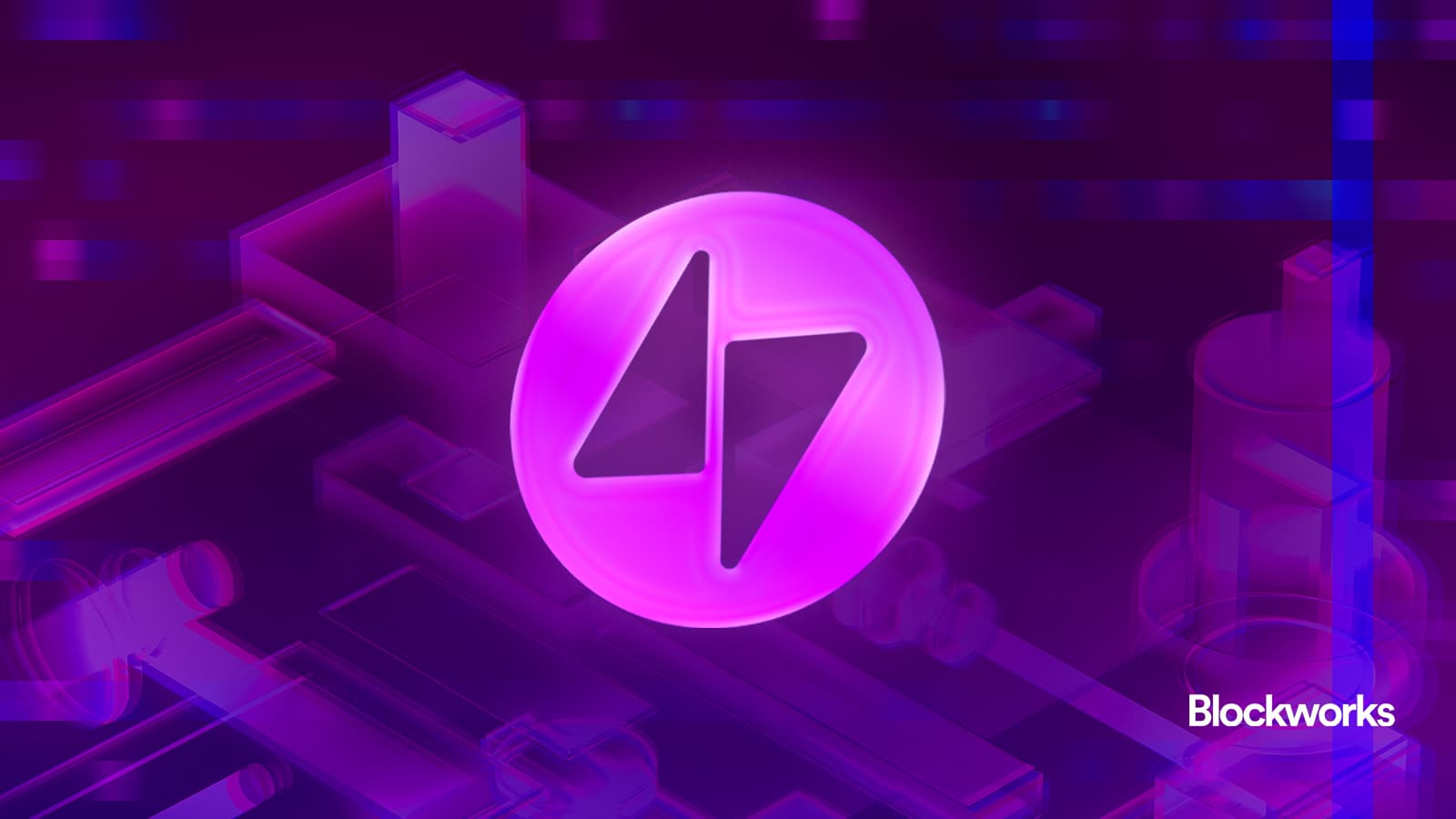Unlocking DeFi: TAC Mainnet Launch Bridges Ethereum to TON Ecosystem

TAC Launches Mainnet: A New Era for Telegram’s Blockchain Integration
Introduction to TAC and Its Mission
TAC has officially launched its mainnet, aiming to address a significant hurdle for Telegram: attracting Ethereum’s decentralized finance (DeFi) developers to the TON ecosystem. This innovative layer-1 blockchain is designed to provide an Ethereum Virtual Machine (EVM)-compatible bridge, facilitating seamless integration with Telegram’s vast user base while introducing its $TAC token on prominent exchanges.
- Introduction to TAC and Its Mission
- Independence from Telegram
- Bridging the Gap for Developers
- Pre-Launch Strategy and Funding
- Evolution from Layer-2 to Layer-1
- Innovative Fee Structure
- Staking and Rewards
- Enhanced Security Measures
- Validator Network and Launch Security
- Trade-offs and Challenges
- Conclusion: A New Chapter for TON
Independence from Telegram
Although TAC operates independently, it is strategically built to connect with the TON ecosystem, leveraging Telegram’s extensive audience without direct involvement from the messaging platform itself. This independence allows TAC to focus on enhancing accessibility for Ethereum developers.
Bridging the Gap for Developers
One of TAC’s primary objectives is to tackle the limitations posed by TON’s unique virtual machine (TVM) and its proprietary smart contract language, FunC. By offering an EVM-compatible chain that integrates directly with TON, TAC provides a practical solution for established Ethereum DeFi applications to reach Telegram’s billion-plus users without the need for extensive code modifications.
Pre-Launch Strategy and Funding
The project’s pre-launch strategy was heavily influenced by its goal of attracting Ethereum developers. TAC initiated an ambitious “$800 million Summoning Campaign” on Turtle Club, a liquidity launchpad recognized for supporting projects like Katana, to ensure robust liquidity at the time of its mainnet launch.
Evolution from Layer-2 to Layer-1
Previously, TAC had announced a partnership with Polygon Labs to create a layer-2 solution utilizing the Polygon CDK. However, that plan has since been abandoned. The newly launched TAC chain is a self-sufficient layer-1 built on the Cosmos SDK, featuring a dedicated cross-chain adapter to connect with TON.
Innovative Fee Structure
TAC’s fee model is designed to simplify the user experience. According to co-founder Marco Monaco, transactions within MiniApps utilize an SDK that simulates EVM gas costs, converting them in real-time using an oracle. This process attaches TON to user transactions, which are then processed by a network of sequencers and relayed to the TAC EVM side, where a network-level paymaster covers the gas fees. This system not only eases gas payment for users but also creates consistent demand for the TAC token.
Staking and Rewards
On the staking front, TAC employs a delegated proof-of-stake (DPoS) model typical of Cosmos, offering annual yields between 8% and 10%, excluding transaction fees. Monaco emphasized that these rewards align with the protocol’s inflation schedule, which is set at approximately 5% annually with a staking ratio of 60%.
Enhanced Security Measures
To bolster security, TAC is incorporating Babylon bitcoin staking, positioning itself as one of the pioneering Bitcoin Secured Networks (BSNs) based on the Cosmos framework. This dual-staking mechanism requires validators to bond TAC while also risking slashed BTC collateral through Babylon’s SPV-based slashing system.
Validator Network and Launch Security
The initial validator set includes reputable infrastructure providers such as ValidationCloud, P2P, Kintsugi, NodeStake, Chorus One, and Animoca. TAC has taken significant precautions to avoid common pitfalls associated with blockchain launches. A recent audit by Halborn, conducted just before the mainnet launch, found no critical vulnerabilities and confirmed fixes for minor issues. Previous audits by Halborn, Trail of Bits, and Quantstamp have also reinforced the security of the TON Adapter and proxy contract layers.
Trade-offs and Challenges
Despite its innovative design, TAC’s architecture introduces certain trade-offs. The reliance on an external EVM-compatible layer connected through cross-chain bridging and state mirroring adds complexity and trust assumptions. At launch, the sequencer network is described as “distributed, but not decentralized.”
Conclusion: A New Chapter for TON
The launch of TAC’s mainnet marks a pivotal moment in the evolution of TON, transitioning from a payments-focused blockchain to a more sophisticated platform capable of supporting DeFi applications. While the bridge to Ethereum developers may not be without its challenges, it offers a practical pathway for tapping into Telegram’s extensive audience without the need to abandon familiar EVM tools and frameworks. The future will reveal whether this bridge will gain traction and become a lasting solution.
Correction: As of July 15, 2025, at 12:23 PM ET, it has been clarified that the Babylon-based dual staking feature is not operational at the time of the mainnet launch.







